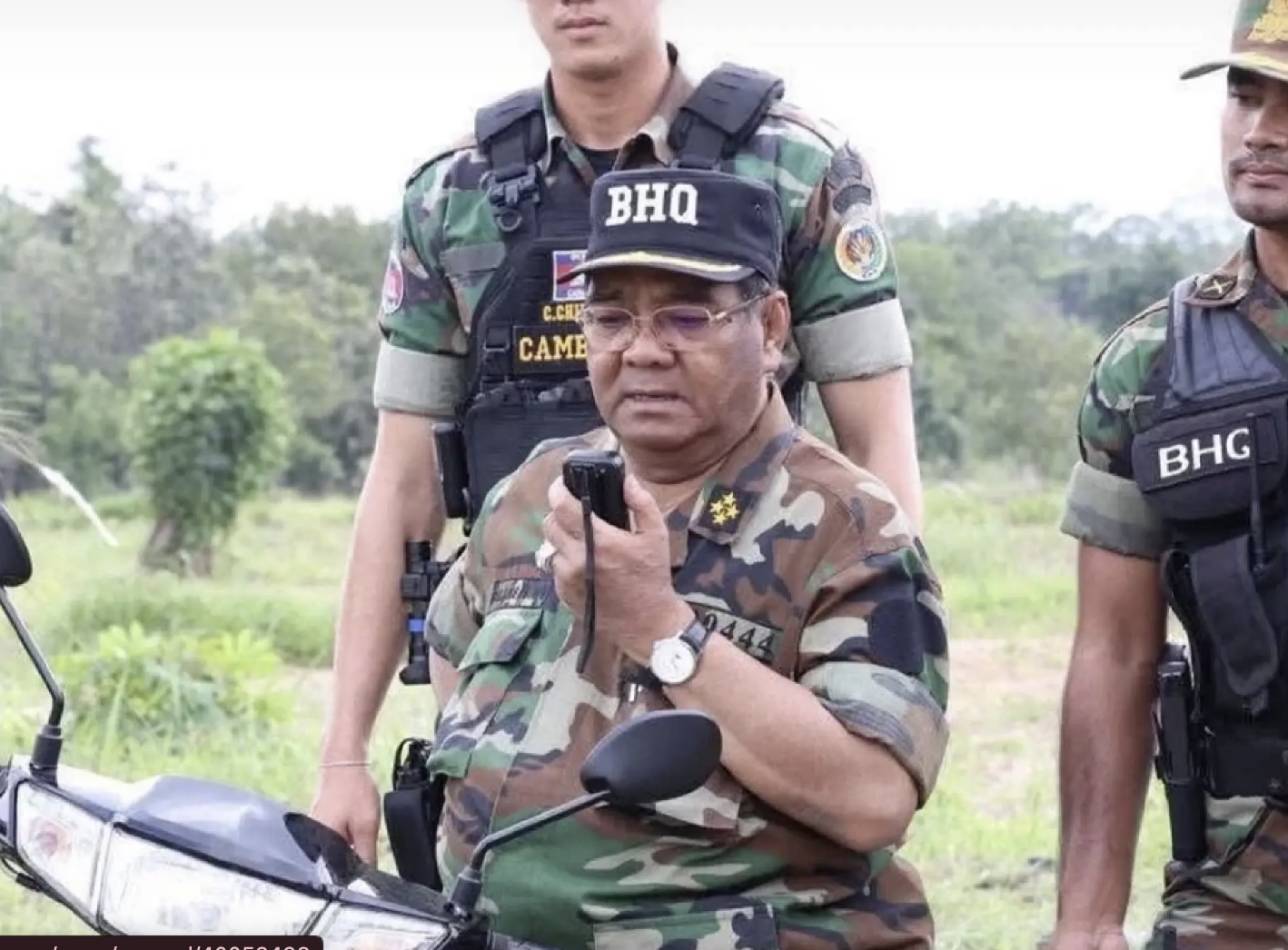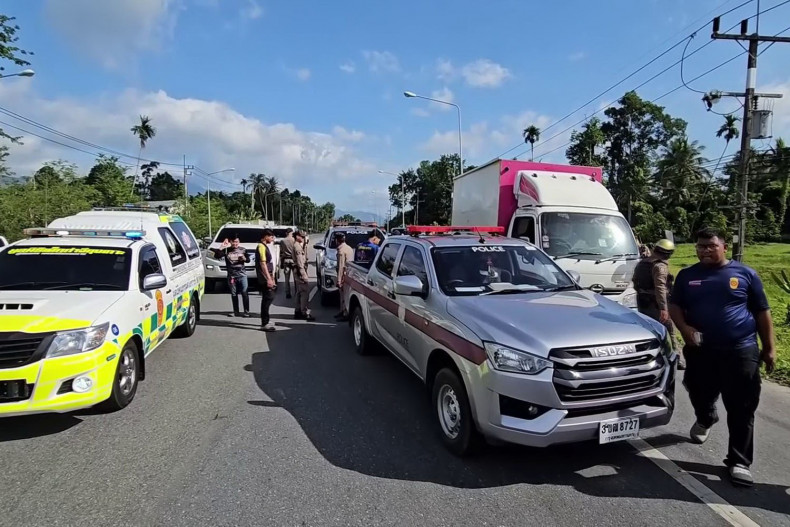Defeat at Ta Kwai Temple
BHQ’s Failed Assault
Cambodia’s elite Bodyguard Headquarters (BHQ) faced a significant setback when Thai forces repelled their attempt to seize Ta Kwai Temple just before a ceasefire on July 28, 2025. Despite being equipped with modern weaponry, the BHQ, under the command of Gen Hing Bun Hieng, could not overcome Thailand’s 31st Infantry Regiment, King’s Guard. This loss mirrors a 2011 defeat at Preah Vihear, highlighting ongoing challenges for the BHQ in border conflicts despite its upgraded arsenal. The unit’s primary role as a political force protecting Prime Minister Hun Sen may explain its struggles in conventional combat scenarios.
Historical Context of BHQ’s Role
Origins and Political Significance
The BHQ, established over three decades ago alongside the 70th Infantry Brigade, has long served as a cornerstone of Hun Sen’s power in Cambodia. Initially supported by Vietnam, the unit evolved into both a combat force and a personal security detail for the premier. Its pivotal role in the 1997 coup against Prince Norodom Ranariddh solidified Hun Sen’s control, positioning the BHQ as a politically symbolic unit. Headquartered in Ta Khmau, Kandal province, alongside Hun Sen’s residence, the BHQ remains a guardian of the Hun family’s influence, prioritizing loyalty over battlefield readiness.
Modernization Falls Short
Upgrades Fail to Secure Victory
Since its 2011 loss at Preah Vihear, the BHQ has undergone significant modernization, bolstered by U.S. assistance post-9/11 and Chinese-supplied heavy weaponry, including BM-21 rocket launchers. Despite these advancements, the unit’s recent defeat at Ta Kwai Temple reveals persistent weaknesses in conventional warfare. Trained primarily for urban combat and VIP protection, the BHQ struggled in the jungle terrain of the Phanom Dongrak Mountains. This mismatch underscores the unit’s limitations when facing Thailand’s elite, battle-ready forces in contested border zones.
Strategic Misstep Before Ceasefire
Hun Sen’s Last-Minute Order
Hours before a Malaysia-brokered ceasefire took effect on July 28, 2025, Hun Sen directed the BHQ to launch an assault on Ta Kwai Temple, aiming to secure a strategic foothold. Operating from a war room in his Ta Khmau compound, Hun Sen coordinated with Gen Hing Bun Hieng to mobilize the elite unit. However, Thailand’s 31st Infantry Regiment, trained for rapid deployment, successfully countered the incursion. The failed operation exposed the BHQ’s tactical shortcomings and raised questions about Cambodia’s military strategy in the border conflict.
Earlier Clashes Set the Stage
Tensions Escalate at Chong Bok
The Ta Kwai clash followed earlier skirmishes on May 28, 2025, at Chong Bok, where Thai and Cambodian forces exchanged fire. In response, Cambodian Prime Minister Hun Manet mobilized over 10,000 troops to Preah Vihear and Oddar Meanchey provinces. While the BHQ deployed a portion of its forces to the front lines, most remained in Ta Khmau to safeguard Hun Sen’s family compound. The unit’s visibility, bolstered by visits from Cambodian elites bearing supplies, projected strength in local media but failed to translate into battlefield success against Thai forces.
Political and Military Implications
BHQ’s Defeat Shapes Perceptions
The BHQ’s high-profile defeat at Ta Kwai Temple reinforces a pattern of underperformance in border conflicts, as seen in 2011 at Preah Vihear. While the unit’s modern equipment and political significance make it a formidable force domestically, its focus on protecting Hun Sen’s regime limits its effectiveness in external combat. The loss has sparked criticism of Cambodia’s military preparedness and strategy, particularly as Thailand’s superior forces, backed by F-16 airstrikes, continue to dominate. This setback may prompt Cambodia to reassess its military priorities as ceasefire talks in Malaysia aim to de-escalate the conflict.









